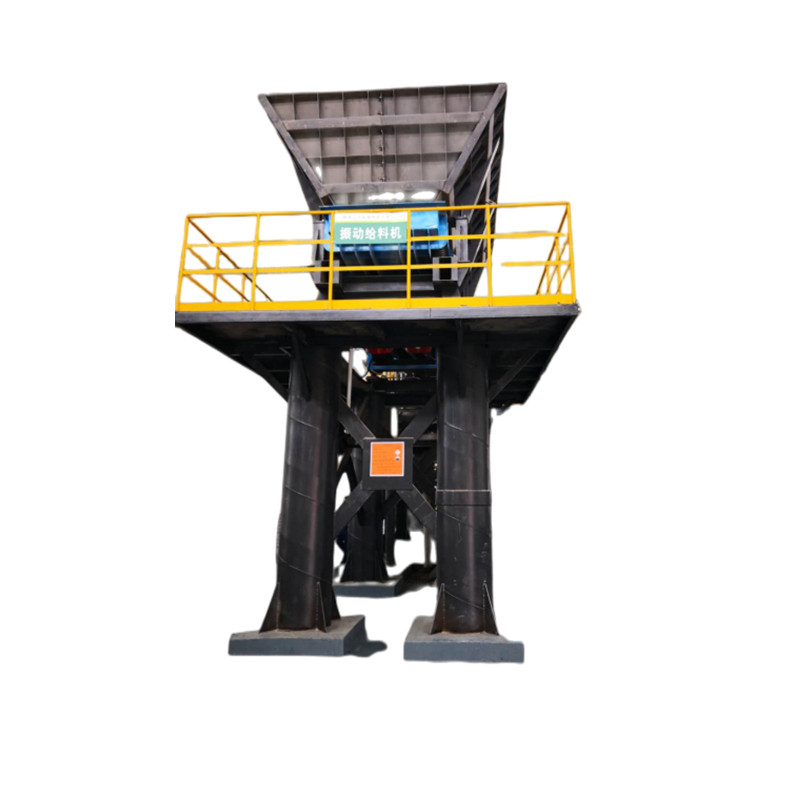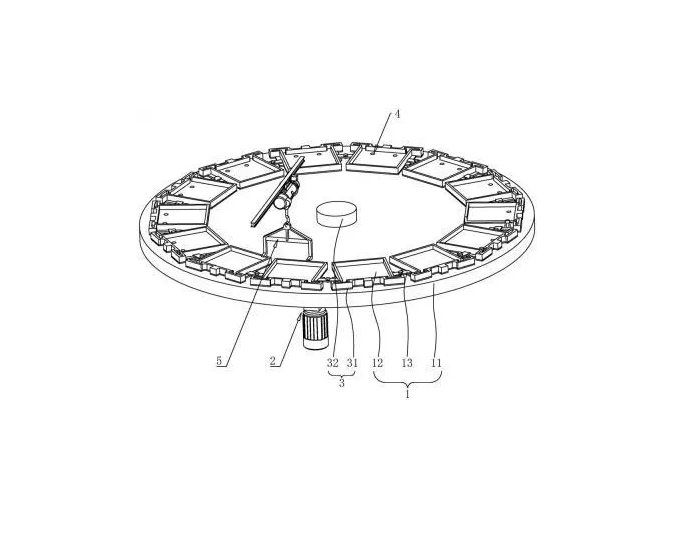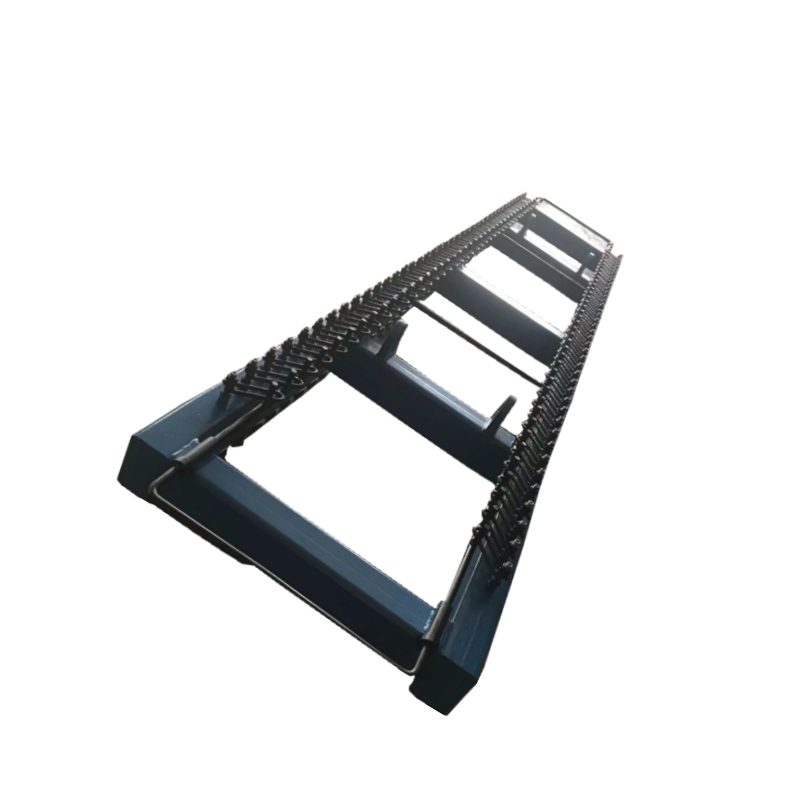aluminum melting machine induction furnace for cast iron industrial automation china product electronics
An induction furnace
An induction furnace with a frequency range of 150 to 10000 Hz is called an intermediate frequency induction furnace. The medium frequency induction furnace is a special smelting equipment suitable for smelting high-quality steel and alloys. It has advantages such as fast melting speed, high production efficiency, strong adaptability, flexible use, good electromagnetic stirring effect, convenient start-up operation, and steel liquid being covered by slag (reducing atmospheric pollution of steel liquid). The complete equipment of the medium frequency induction furnace includes: power supply and electrical control part, furnace body part, transmission device, and water cooling system.
The medium frequency induction furnace is particularly suitable for large, medium, and small furnaces with a capacity of tens of tons of 10kg. It is used for melting steel, cast iron, copper, aluminum, and other non-ferrous metals and their alloys, as well as insulation of liquid metals. It has strong adaptability to furnace materials and is suitable for intermittent operations. The furnace structure and usage are similar to those of a power frequency coreless induction furnace. Since the 1970s, with the increasing power and reliability of high-efficiency, static, and metal saving thyristor intermediate frequency power supplies, intermediate frequency furnaces have developed rapidly both domestically and internationally. They not only have obvious advantages in small and medium-sized capacity, but also are replacing industrial frequency heartless induction furnaces in large capacity.
 English
English  Español
Español  Português
Português  русский
русский  français
français  日本語
日本語  Deutsch
Deutsch  Tiếng Việt
Tiếng Việt  Italiano
Italiano  Nederlands
Nederlands  ไทย
ไทย  Polski
Polski  한국어
한국어  Svenska
Svenska  Malay
Malay  বাংলা
বাংলা  हिन्दी
हिन्दी  Pilipino
Pilipino  Türk
Türk  عربى
عربى  Indonesia
Indonesia  norsk
norsk  čeština
čeština  Українська
Українська  Javanese
Javanese  فارسی
فارسی  తెలుగు
తెలుగు  Burmese
Burmese  български
български  Latine
Latine  Azərbaycan
Azərbaycan  Српски
Српски  Esperanto
Esperanto  Afrikaans
Afrikaans  Català
Català  Cymraeg
Cymraeg  Беларус
Беларус  Hrvatski
Hrvatski  Kreyòl ayisyen
Kreyòl ayisyen  Shqiptar
Shqiptar  Bosanski
Bosanski  Кыргыз тили
Кыргыз тили  ಕನ್ನಡ
ಕನ್ನಡ  IsiXhosa
IsiXhosa  Chichewa
Chichewa  Somali
Somali  O'zbek
O'zbek  հայերեն
հայերեն  Sundanese
Sundanese  Malagasy
Malagasy 













